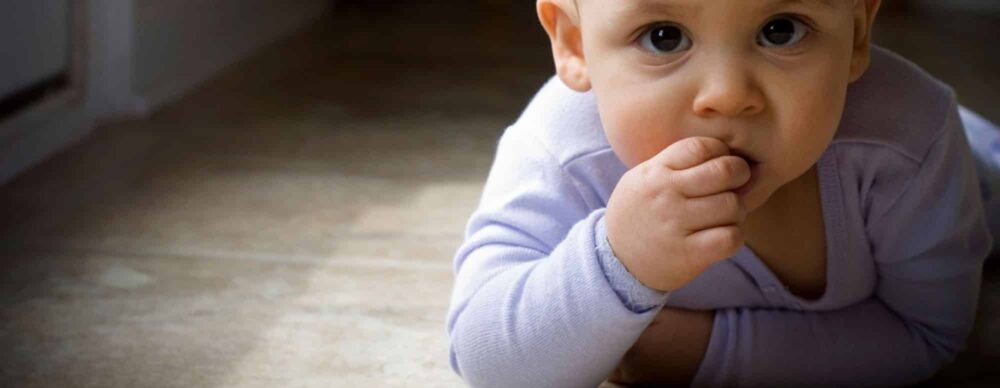Lead dust testing is the primary means to evaluate the lead dust hazards in a residence.
The primary pathway for lead to enter into children’s bloodstream is from hand-to-mouth contact. Children under 6 years of age, and women in child-bearing-years, are most vulnerable to lead poisoning.
To reduce the risk of exposure, keep paint on friction and impact surfaces intact, and clean horizontal surfaces regularly to reduce levels of lead dust. Employ contractors that are EPA certified in Renovation, Repair, and Painting when construction work is performed that will disturb lead paint.
Have testing performed after renovation work is completed to evaluate levels of lead in dust.
The lead hazard standards help property owners, lead paint professionals, and government agencies identify lead hazards in residential paint, dust and soil. They apply in most pre-1978 housing and child-occupied facilities. Under the 2001 dust-lead hazard standards, lead is considered a hazard when equal to or exceeding 40 micrograms (µg) of lead in dust per square foot (ft2) on floors, 250 micrograms of lead in dust per square foot on interior window sills, and 400 parts per million (ppm) of lead in bare soil in children’s play areas or 1200 ppm average for bare soil in the rest of the yard. In addition, paint in deteriorating condition, on a friction or impact surface, or on certain chewable surfaces is also defined as a hazard. When the 2019 final rule becomes effective, these standards will be lowered from 40 µg/ft2 and 250 µg/ft2 to 10 µg/ft2 and 100 µg/ft2 on floors and window sills, respectively.
These standards are incorporated into the Section 402/404 lead-based paint activity regulations. In addition, lead-based paint hazards trigger reporting obligations under the Section 1018 real estate disclosure regulations. Please refer to those regulations for information on compliance requirements regarding these hazard standards.
Call Angstrom Testing Services at 516-724-4574 if you have any questions.
